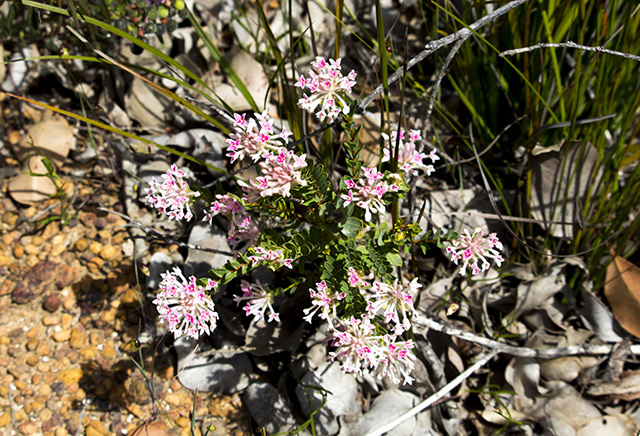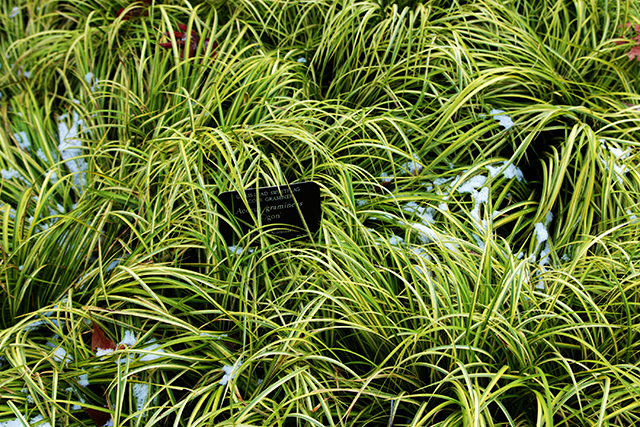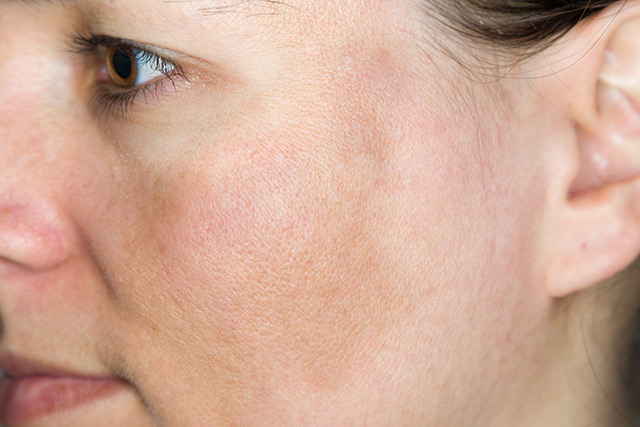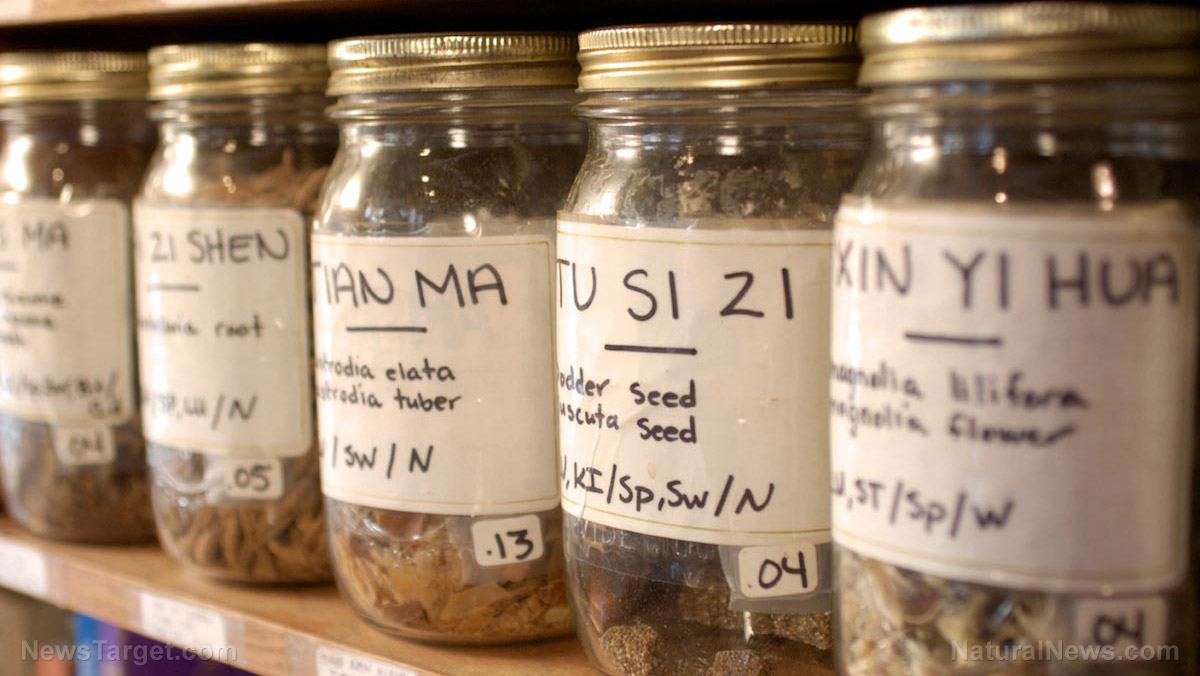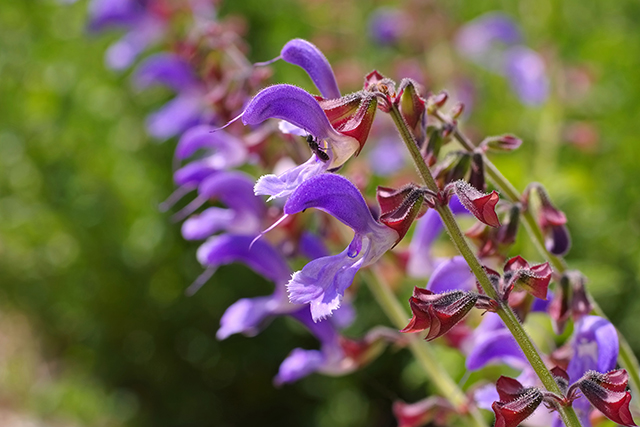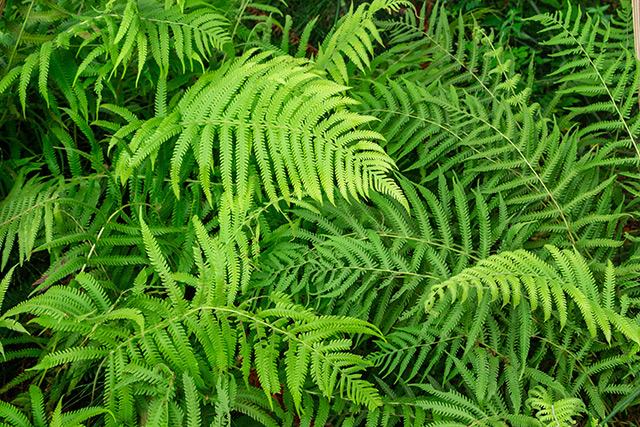Thailand’s saraphi flower found to be effective against leukemia; it inhibits growth of cancerous cells
01/23/2018 / By Zoey Sky
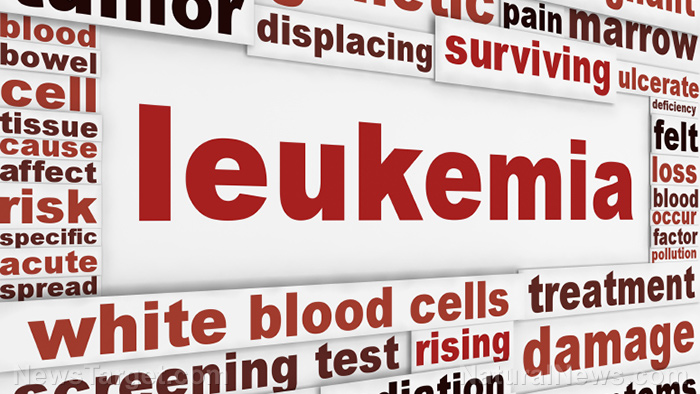
In Thailand, the herb saraphi’s (Mammea siamensis) flowers have traditionally been used to treat heart problems and lower fever, and the herb has also been used for appetite enhancement.
Now, a group of researchers from Thailand has spearheaded a study concerning the possible medical applications of saraphi. Based on the results, the herb can be an effective treatment for leukemia, a type of cancer that can affect blood vessels, particularly the lymphatic system and bone marrow.
Saraphi belongs to the Guttiferae family, and recent studies concerning compounds found in the flower extracts of M. siamensis suggest that the bioactive compounds can have “significant antiproliferative activities” against leukemia and stomach cancer cell lines. The coumarins from the flowers of the herb, including kayeassamin A, surangin C, and therapin B, have effectively prevented the spreading of HL60 leukemic cells. (Related: Chronic lymphocytic leukemia breakthrough: green tea extract halts cancer progression in majority of patients.)
In addition, mammea E/BB, the main active compound of M. siamensis, successfully prevented WT1 protein expression in leukemic cells. WT1 is a biological marker for leukemia and is it linked to “cell proliferation, cell differentiation, and leukemogenesis,” or the development and progression of a leukemic disease.
The overexpression (or when there are too many copies of a protein or another substance) of WT1 protein has been found in leukemia cells. The WT1 gene was originally defined as a tumor suppressor gene in pediatric kidney malignancy.
This study is the first to record the effect of M. siamensis flower extracts on WT1 and Bcr/Abl proteins in leukemic cells. Bcr/Abl fusion protein is generally found as a biomarker in chronic myelocytic leukemia (CML).
For the study, the flower crude extract (EtOH) and fractional extracts (Hex, EtOAC, and MeOH) were analyzed for their inhibiting effect on leukemic cell growth under suppression of the proteins WT1 and Bcr/Abl, both of which are involved in the spread of leukemic cells. Previous chemical studies determined that the flowers of M. siamensis consist of several coumarins (fragrant organic chemical compound) and xanthones (nutrients), and some of them have various biological and therapeutic properties.
Further study of the effective compounds in the Hex fraction of M. siamensis flowers might uncover more benefits that the herb can offer. The researchers believe that the active compound dissolves in n-hexane, a non-polar solvent, meaning it may be an essential oil. The essential oils in M. siamensis flowers come with many separate compounds such as mammea B/AC cyclo D, kayeassamin A, surangin C, and theraphin B.
This study is the first to show that M. siamensis flower extracts have inhibitory effects on Bcr/Abl and WT1 proteins in leukemic cells. The researchers posit that the hexane extracts of M. siamensis flowers have the ability to inhibit various target proteins related to leukemic cell proliferation, meaning it can eventually be used in the development of natural anti-cancer drugs.
Other herbal remedies for leukemia
Treatment for leukemia can include chemotherapy, radiation therapy, and stem cell transplant, but these options sometimes come with negative side effects. If you are on the fence about trying conventional treatments, here are some herbal remedies that you can try instead:
- Korean red ginseng – This herbal remedy may help treat and manage leukemia. According to a study, Korean red ginseng can “inhibit telomerase activity and cause apoptosis in human leukemia cells.”
- Milk thistle – Native to the Mediterranean region, milk thistle is commonly used for ailments and it may also help suppress the growth of certain types of cancer. There are ongoing studies looking the possible benefits of milk thistle when used on patients with leukemia and chemotherapy-related damage to the liver.
- Olive leaf – Olive leaf, or Olea europaea, has anti-cancer effects and increased immune support. Boosting immune strength can make it easier to fight “infection and illness or other symptoms of leukemia.”
You can read more articles about medicinal herbs and other natural cures at Healing.news.
Sources include:
Journals.SFU.ca[PDF]
Tagged Under: botanical herbs, cancer, cancerous cells, ethanol, ethanol flower extract, flower extracts, herbal medicine, herbal treatments, Herbs, leukemia, M. siamensis, Mammea siamensis, natural remedies, Natural Treatments, saraphi flower

